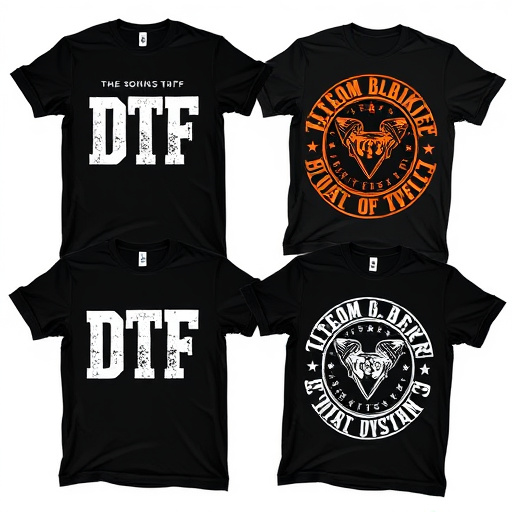In a competitive digital market with countless options, businesses must adopt dynamic competitive pricing strategies. By understanding customer behavior across channels and leveraging data analytics, retailers can offer personalized prices for online and in-store purchases. This involves adapting to platform advantages, using demand-based models, and creating tailored promotions for different customer segments, ultimately driving growth while maintaining profitability.
In today’s digital landscape, multi-channel sales are the norm. Businesses must master competitive pricing strategies to thrive in this dynamic environment. This article explores the intricate dance of setting prices across various sales channels, targeting different customer segments. By understanding the unique nuances of each channel and segment, retailers can optimize their competitive pricing, fostering growth, enhancing profitability, and delivering an exceptional customer experience.
- Understanding Multi-Channel Sales Dynamics
- Strategies for Setting Competitive Prices
- Optimizing Pricing Across Channels and Customer Segments
Understanding Multi-Channel Sales Dynamics

In today’s digital age, consumers have endless options when it comes to purchasing goods and services. This has led to a complex multi-channel sales landscape where customers can compare prices and features instantly across various platforms, from e-commerce sites to social media marketplaces and physical stores. Understanding this dynamic is crucial for businesses aiming to grow. For instance, car customization enthusiasts often research not just car models but also supplementary services like custom vehicle wraps and window tinting before making a purchase. They expect competitive pricing that aligns with the convenience of their chosen sales channel.
Competitive pricing strategies are thus not just about setting lower prices; they must be tailored to each channel’s unique advantages and customer behavior. For online platforms, dynamic pricing based on real-time demand and customer interaction can drive sales. In physical stores, offering exclusive deals or promotions can attract customers who value the in-person experience. By leveraging data analytics to track customer journeys across channels—including those researching car customization, vehicle wraps, and window tinting services—businesses can create personalized pricing models that support multi-channel growth while maintaining profitability.
Strategies for Setting Competitive Prices

Setting competitive prices is a strategic art that demands a nuanced understanding of your market and customer base. In today’s digital era, where consumers have countless options at their fingertips, pricing strategies must be adaptable and responsive to stay relevant. One effective approach is to conduct thorough market research to identify your competitors’ price points for similar products or services. This analysis provides a baseline for your pricing strategy while allowing you to differentiate your offer. For instance, offering competitive pricing on premium automotive services like paint protection film and UV protection can attract customers seeking high-quality solutions at reasonable rates.
Additionally, implementing dynamic pricing models based on demand, seasonality, or customer loyalty levels can further optimize your pricing strategy. Discounts, bundles, or promotions tailored to specific channels or customer segments can also drive sales growth. For example, offering online exclusives or special in-store deals for products like paint protection film can encourage customers to engage with various sales channels. Such strategies not only support multi-channel sales growth but also foster a sense of urgency and exclusivity, ultimately enhancing the overall customer experience.
Optimizing Pricing Across Channels and Customer Segments

In today’s multi-channel sales landscape, optimizing pricing strategies across various channels and customer segments is paramount to achieving growth. Businesses must adapt their competitive pricing models to cater to diverse consumer behaviors and preferences. For instance, offering tailored prices for specific online platforms or loyalty programs can significantly impact sales. By analyzing customer segment data, retailers can identify unique purchasing patterns and adjust their pricing accordingly, ensuring each group receives a compelling offer that aligns with their buying habits.
This strategic approach extends beyond general discounts. Consider the benefits of professional ppf installation (paint protection film) as a value-added service for high-end customers. Similarly, implementing scratch protection measures can appeal to budget-conscious buyers who want to safeguard their investments. Such customized pricing and product protections showcase a nuanced understanding of different customer segments, fostering stronger relationships and driving sales across all channels.
Competitive pricing is a powerful tool that can drive multi-channel sales growth, but it requires a strategic approach. By understanding the dynamics of your multi-channel environment, implementing dynamic pricing strategies, and optimizing prices for specific customer segments, you can achieve a balanced and profitable pricing strategy. Embracing these tactics will enable you to stay ahead in today’s competitive market while enhancing overall customer satisfaction.














